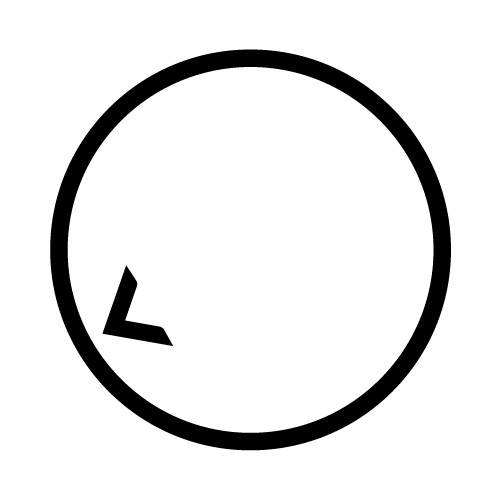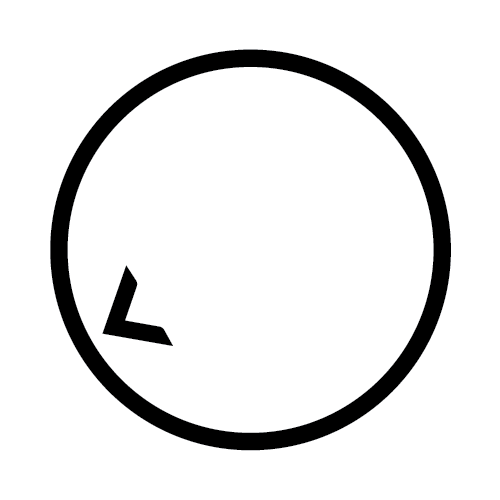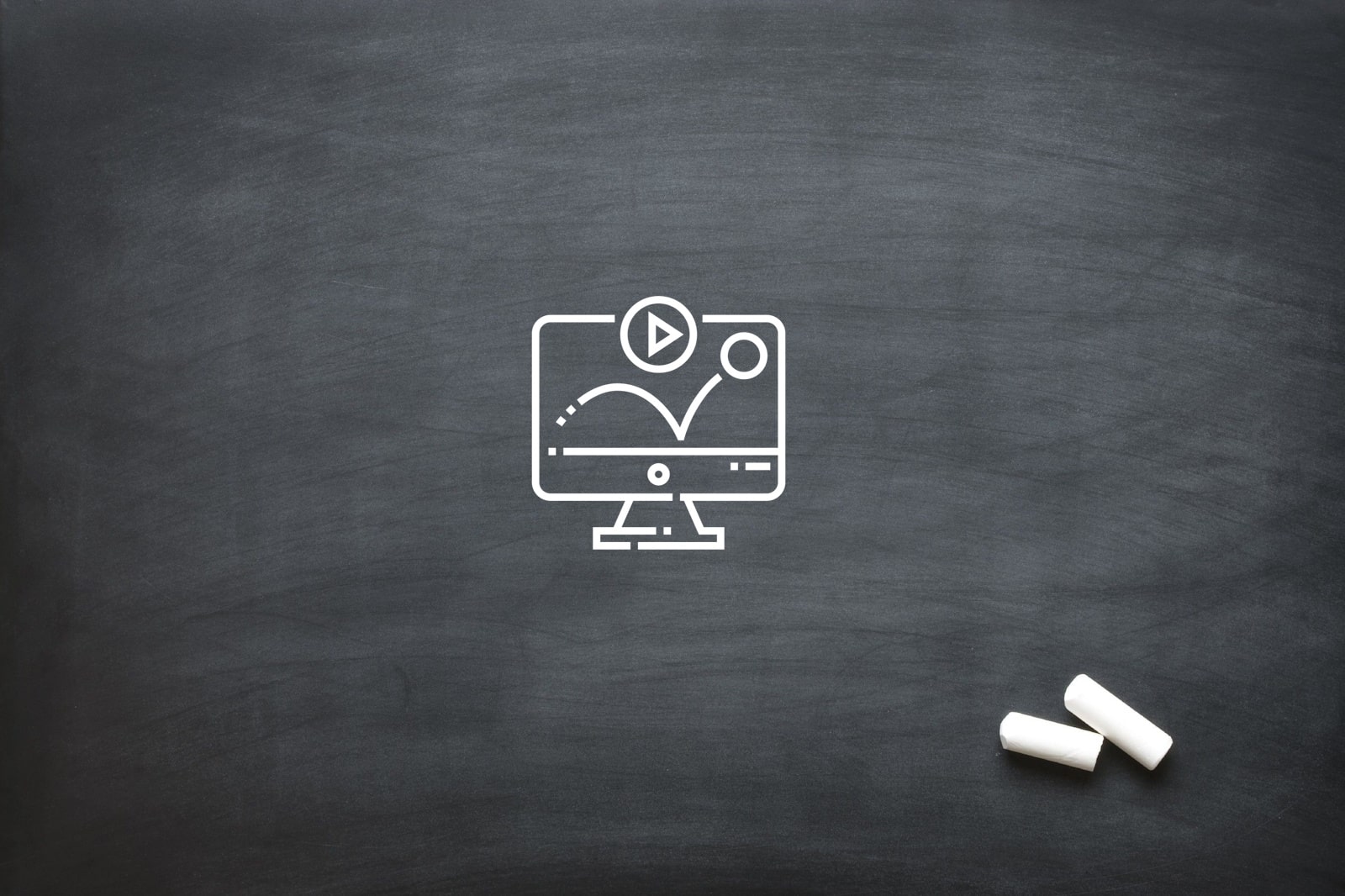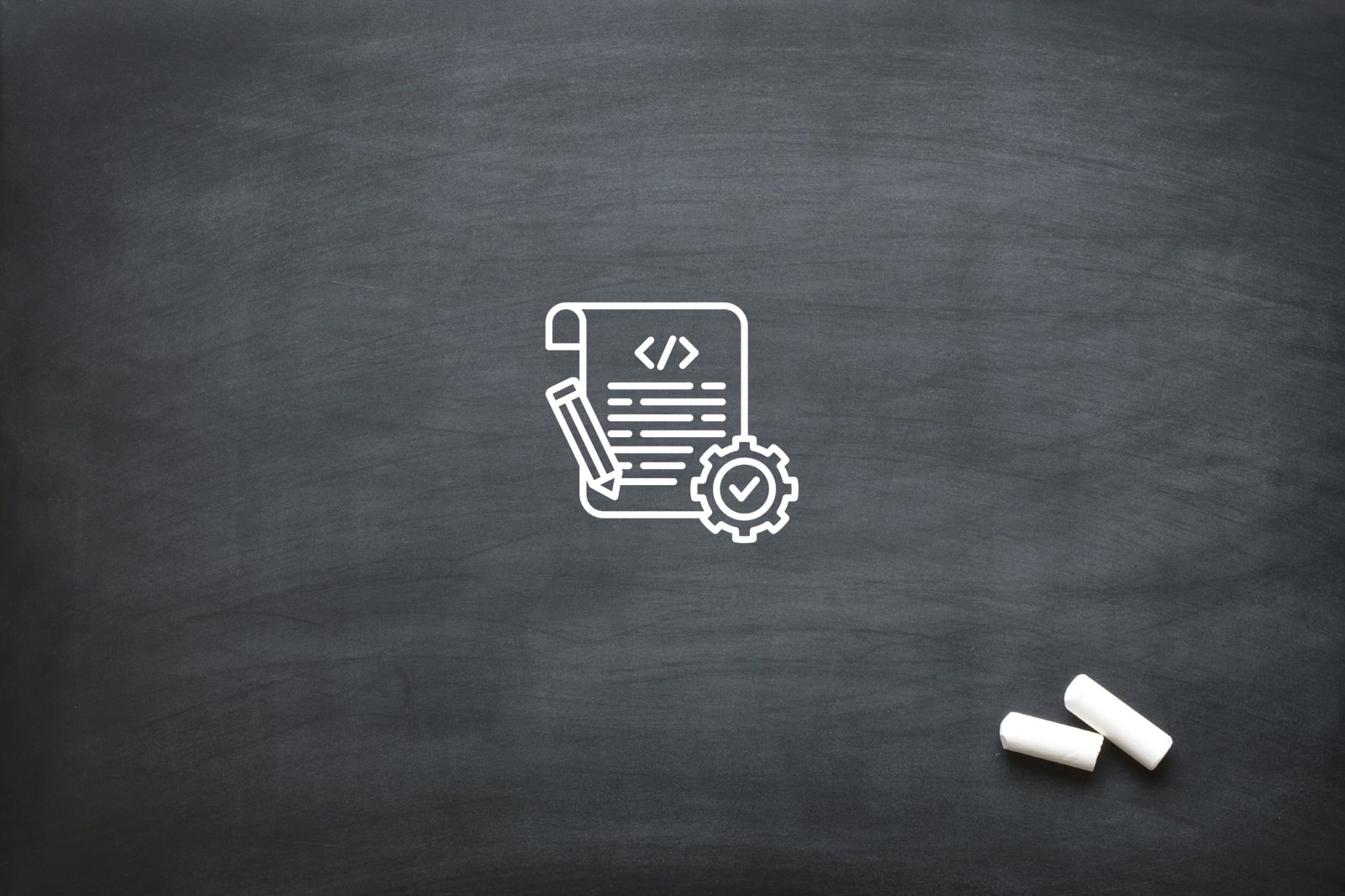
7 Ways 2D Animators Boost Healthcare
Medical and scientific communication has undergone a major transformation in recent years. With complex biological processes, surgical procedures, and pharmaceutical interactions, conveying accurate and understandable information is more important than ever. 2D animators are at the forefront of this evolution, translating intricate concepts into visually engaging, scientifically accurate animations. These visual tools enhance learning, patient understanding, and research dissemination, making healthcare communication more effective for professionals and the public alike.
Whether for education, patient engagement, or research presentations, 2D animators combine creativity and technical expertise to make complex information accessible. Their work not only improves comprehension but also supports decision-making, builds trust with patients, and facilitates the clear communication of scientific discoveries. Here are seven key reasons why 2D animators are indispensable in modern healthcare.
1. Making Anatomy Easy to Visualise
Anatomical animations allow learners to explore the human body in detail, from organs and systems to microscopic structures. By presenting anatomy in a dynamic, interactive format, these animations help medical students, professionals, and researchers understand spatial relationships that are difficult to grasp from textbooks alone.
2D animators ensure these visuals are accurate, labelled clearly, and engaging, transforming dense information into intuitive visual narratives. Anatomical animations also support pre-surgical planning and patient education, helping patients understand conditions, procedures, and recovery in a straightforward, reassuring way.
2. Enhancing Surgical Training
Surgical procedure animations provide step-by-step guides that illustrate complex operations with clarity. They are invaluable for medical students and surgeons-in-training, offering a safe, repeatable learning experience that reduces risk in real-life procedures.
By collaborating with medical experts, 2D animators depict instruments, movements, and techniques precisely. These animations also support patient education by showing what to expect during surgery, reducing anxiety and fostering informed decision-making.
3. Explaining How Drugs Work
Pharmaceutical visualisations illustrate the journey of drugs through the body, showing how medications are absorbed, metabolised, and interact with specific cells or organs. This clarity is crucial for healthcare professionals and patients alike.
2D animators translate complex pharmacological data into engaging animations, allowing patients to understand their treatments and fostering trust in medical advice. These visualisations also support professional presentations and educational content, enhancing comprehension of drug mechanisms.
4. Simplifying Scientific Processes
Biological, chemical, and physical processes can be challenging to communicate. Scientific process animations break down these complexities into stepwise, easy-to-follow visuals, such as cellular interactions, DNA replication, or immune responses.
The expertise of 2D animators ensures accuracy while using visual storytelling techniques to enhance understanding and retention. These animations are widely used in research presentations, academic courses, and public outreach to make scientific discoveries more accessible and engaging.
5. Educating Patients Effectively
Patient education animations simplify healthcare information, helping individuals understand diagnoses, treatment plans, and lifestyle adjustments. Visual content can explain chronic disease management, medication use, or recovery steps in a clear, engaging way.
2D animators craft visuals that are culturally sensitive and easy to follow, empowering patients to take an active role in their healthcare. Well-designed animations reduce confusion, increase compliance with treatment plans, and enhance communication between patients and medical professionals.
6. Presenting Research Clearly
Animations are increasingly used to communicate scientific discoveries and experimental data. They transform dense charts, complex mechanisms, and multi-step experiments into compelling visuals that audiences can easily understand.
2D animators collaborate with researchers to ensure that animations accurately reflect data while highlighting key insights. By presenting information visually, these animations strengthen engagement, facilitate discussion, and help convey research significance to peers, funding bodies, and the public.
7. Driving the Future of Medical Animations
The demand for medical and scientific animations is rapidly growing, with the global market projected to surpass USD 1.4 billion by 2030. This growth is driven by the need for high-quality educational content, patient engagement, and virtual learning solutions.
2D animators are central to this expansion, producing accurate, engaging, and effective animations that enhance education, communication, and research. Emerging technologies like augmented reality, virtual reality, and AI integration promise even more immersive experiences, but the creativity and expertise of 2D animators remain crucial to translating scientific complexity into visual clarity.
Creating impactful medical and scientific animations requires a combination of skill, scientific knowledge, and storytelling expertise. At Oliver Karstel Creative Agency, we specialise in high-quality animations that make complex medical concepts understandable and engaging. Contact us to see how our team of 2D animators can bring your ideas to life with precision and creativity.






